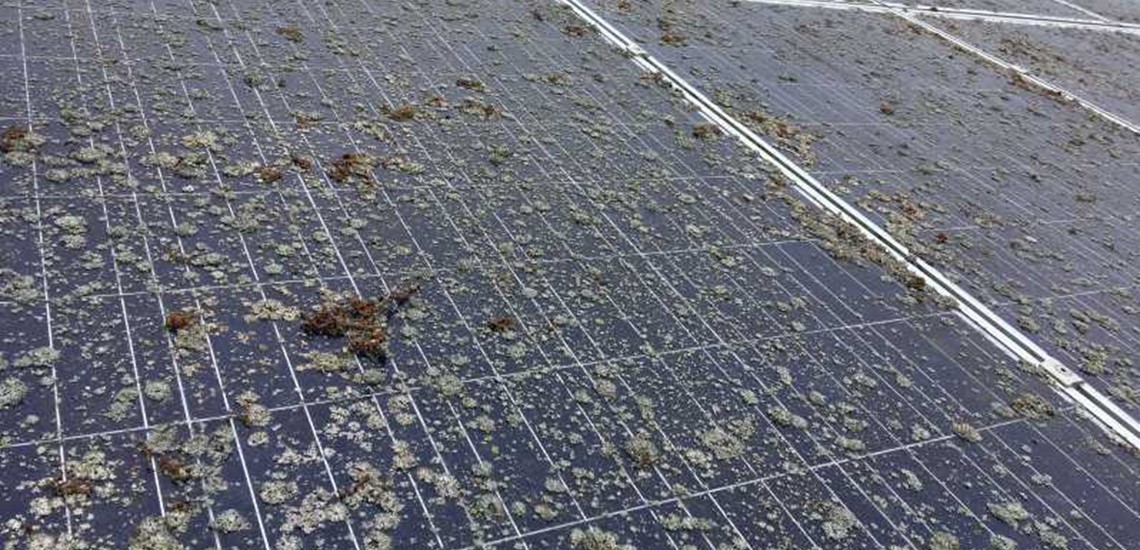Does Sodium hypochlorite Bleach kill lichen

Sodium hypochlorite (commonly known as bleach) can be effective in killing lichen. Lichens are complex organisms that arise from the symbiotic relationship between fungi and algae or cyanobacteria. Sodium hypochlorite acts as a strong oxidizing agent, which can break down the cellular structure of both components of the lichen, ultimately killing it.
Here are some steps to use sodium hypochlorite to remove lichen:
Preparation: Wear protective clothing, gloves, and goggles to prevent skin and eye contact with the bleach solution.
Mixing the Solution: Prepare a solution of sodium hypochlorite (pool chlorine) by mixing one part bleach with ten parts water. Stronger if it doesn’t kill it first time.
Application: Apply the solution to the affected area using a spray bottle or brush. Ensure that the lichen is thoroughly soaked with the solution.
Waiting Period: Allow the solution to sit on the lichen for at least 15-30 minutes. Best to do this on a dry hot day for maximum effect. This gives the bleach enough time to penetrate and kill the lichen.
Scrubbing and Rinsing: After the waiting period, scrub the area with a stiff brush to remove the dead lichen. A pressure cleaner is an easier way to remove lichen after the treatment which will kill the lichen. Rinse the area thoroughly with water to wash away the bleach solution and any remaining debris.
Caution: Sodium hypochlorite can damage some surfaces, such as certain types of wood, metal, and painted surfaces. If you wash it off eventually it seldom does any damage. It can also harm nearby plants and soil. Use it with caution and consider testing a small, inconspicuous area first.
Please don’t let the solution enter the waterways as according to the government and EPA it will cause harm. I think, most drinking water uses sodium Hypochlorite as a disinfectant, so a bit more doesn’t seem to hurt.
For more help exterior cleaning please visit House washing
Specialised services for..